|
Have you ever heard of the book, A Moving Child is a Learning Child, by Gill Connell and Cheryl McCarthy? If you are a dance & movement teacher of students under the age of 6, I highly recommend it. This book has helped me to give words to what I have seen in the development of my own dancers over the years. As I create activities and exercises for my dance lesson plans, I like to refer to their research and methodology, to see how I can directly apply their ideas about child development to my dance classroom. Prior to reading this book, I had always heard child-development specialists refer to gross motor skills (large muscle) and fine motor skills (small muscle) as two separate things. Connell and McCarthy instead have coined their own helpful term -- MOTOR TOOLS -- to describe them as something that cannot be separated. They say this, on page 99 of their book: "In early childhood development, nothing happens in isolation. All muscles of any size are brought to bear in learning, formally or informally, indoors or out. You cannot separate the two. Motor tools describe the years-long process towards full realized physical development as children slowly, naturally acquire power coordination, and control." So how does this relate to dance? (stay with me here......) They say that motor tools are: The power to move muscles with an appropriate amount of force and energy for a length of time; the coordination to move different muscles in different ways simultaneously to achieve complex movement patterns; and the control to refine and adapt movements with precision for accuracy. For me, that is a textbook definition of what I try to achieve in dance classes, all the way from parent-tot movement classes and up! I love this definition, and I love this point of view because it reminds me that there is more to dance class than just dance steps. By working on motor tools, with the fun of an imaginative theme and through play, and with music, we are likely to help our dancers develop in ALL the ways they need. Because it is a years-long process, it reminds me of the benefit of repeating skills and concepts. Here are some ways that I like to help my dancers develop their motor tools!
I'd love to hear from you, about the ways in which you use motor tools in your classes! Would you like more done-for-you ways to include these development based ideas in your dance classes? Check out my Hooray for Dance Notebooks, which are themed dance lesson supplements for teachers of students ages 4-5; my First Step Frameworks, which are themed dance lesson supplements for teachers of parent-tot dance classes and ages 2-3; or my bite-size supplements, like Little Snowflakes, Little Turkeys, & Nutcracker In A Nutshell! Visit my shop for more dance resources that support a creative, positive, and imaginative dance classroom. Keep in touch by signing up for my weekly newsletter, and join me on Facebook at dance dance HOORAY!
0 Comments
.Boundaries. I've been thinking a lot about these lately. Sometimes, boundaries are needed with our clients -- as in, "please call the studio number for questions, rather than my personal cell phone", or with our family members -- as in, "I'll be happy to help you once I finish what I'm doing". But other times -- and I've been realizing this more and more -- the BIGGEST boundaries I need to set are with MYSELF. I'm the queen of talking myself into more work, and I'm also the queen of minimizing how much time I think that "just one little extra" task will take. So, in these first days of 2022, I'm deciding to try to turn this around. And you are my accountability partners, if you want to join me. It's going to be the year of "time-for-us-too". I am constantly on the hunt for that perfect planner and journal that will keep me on schedule and mindful. I haven't found it yet. But with the help of a couple of my good friends, in our daily text chat, we've brainstormed about this topic A LOT, and through our conversations, we've come up with some ideas that I think might help me (and maybe you too). If you are interested in joining me on this journey, you can download the printables I made below. Here's how I'm going to use them: TIME BLOCKS My biggest challenge is making space for all the things on my ever-growing to-do list - while still stopping work when I need to stop. My strategy for 2022 is going to be to keep a running list of urgent and long-term tasks, and then, each day pull out the things that are the priority and slot them into the time blocks in my day. It helps me to see what I'm doing more clearly, when I put it in writing -- even the non-changing things, like my regular teaching hours. You can use the boxes in the printable sheet here in any way that works for you. I plan to label the boxes by the time of day -- early morning, morning, after lunch, afternoon, evening, and night. Then, I will write down what I plan to do in each segment, with ultimate goal of not letting work bleed into time I have designated for home, family time, or myself. Some days, I might use the boxes for 6 different tasks, and set a timer of 30 minutes for each to see what I can get done. LET IT GO Have you ever had a difficult conversation with a student's parent, a colleague, or a random stranger that makes your blood pressure rise or your heart race just thinking about it? You know the one -- it is an issue you resolved, but not without stress, and now you just keep thinking about it, getting annoyed, thinking about it more, getting more bothered, and then spiraling until you cannot focus? This Let It Go sheet is made for those moments! For me, I've learned that writing things out is cathartic and the key to taking back my power from the things I cannot change. Bonus -- you can rip it up when you're done writing. aREFRAME I learn so much from the ideas of others, and my friend was the inspiration for this next tool. She often tries to see the flip side of something that is bothering her and re-frames it to be a positive or helpful thing. An example of this would be taking a thought like "I have NO time to answer all of these emails about trial classes, I'm swamped as it is!" and reframing it to "It is amazing that we have so much interest in our new program". Maybe by taking a step back and seeing it in this new way, we can remove some of the stress of a situation and work to find a solution. I am not an expert at this by any means -- I'm sharing these ideas with you in the hopes that my fresh start might inspire one in you too, in any way that is helpful and works for you.
Do you have an idea that has really been working for you? Please share it in the comments! Visit my shop for more dance resources that support a creative, positive, and imaginative dance classroom. Keep in touch by signing up for my weekly newsletter, and join me on Facebook at dance dance HOORAY! in
Whether the view from your window is snowdrifts and ice (that's me) or sunshine and palm trees (paradise!), we all have this ONE weather-related thing in common -- The undeniable FUN of SNOW -- even if it is just in our imaginations! Every January, I do an entire month of SNOWY FUN themed dance classes for my preschool and early elementary age students -- and they remember and ask for our winter activities year after year. When my students fuse the power of their imaginations with the dance technique and concepts they are learning in class, they all benefit! Adding interactive simple props help them to remember and understand the dance concepts even more. Here are three interactive snow-themed activities for preschool, elementary, and secondary aged dancers! Are you teaching virtually right now? These resource will also work for online students - I've got you covered. You just need to send them an emailed copy of the printables. SNOWFLAKE SKILLS - for preschool & early elementary ballet & jazz Create an at-home or in-studio obstacle course. If you have foam or felt snowflakes, you can use those OR print some copies of this snowflake printable. Line up multiple copies of the snowflakes, and do locomotor skills over and around them. The students can practice jumps, hops, tiptoe-walks, chasse' side to side, zigzagging through, leaping, & more. You can also spread the snowflakes around your space in a random pattern. Have the dancers do their own individual freestyle moves, with the one rule that they must jump or leap over the snowflake when they come to it. SNOWBALL FIGHT - can be adapted for all ages You'll want to take a picture of your students' shocked and delighted faces when you tell them they are supposed to take a fresh piece of blank paper and.....CRUMPLE IT and THROW IT! Use your paper snowballs in some of the following ways:
READY FOR SNOW - best for preschool & early elementary age This activity helps to immerse the students in a winter theme and use their imaginations to guide their movement. You can ask them, "What do we need to wear to play outside in the snow?". I like to be silly and suggest items like a bathing suit or cowboy boots -- the kids get a kick out of correcting me and choosing the right item! Use this printable to let the class help get the stick figure dressed for snow, or use this online version for your zoom classes. Then, create a warm-up exercise, where you use isolated movements while pretending to put on all of your snow gear! For my full lesson plan using this concept, check out this resource. Keep the fun going all season long, with easy-to-use, affordable, print-and-play games and dance lesson inspiration resources -- with 10+ winter-themed teacher tools for classes and camps! Visit my shop for more dance resources that support a creative, positive, and imaginative dance classroom. Keep in touch by signing up for my weekly newsletter, and join me on Facebook at dance dance HOORAY! It's no secret -- I love a theme for my dance classes. I love to incorporate the students' outside experiences into dance class, when I can.
The season of autumn -- easy! It's so fun to dance about falling leaves and apple picking. Halloween? No bones about it -- there's tons of Halloween songs and characters to use. But Thanksgiving proves a bit trickier. Feeling grateful, thankful, and showing appreciation can be harder to wrap into a preschool dance combo, as the young dancers do not always have a full understanding yet of these complex emotions. But food? Yep, I think they know something about Thanksgiving Dinner! The strategy that has worked best for me is using imagery from our favorite Thanksgiving foods (mine are mashed potatoes & pumpkin pie!) to create the dance lesson plan. Want the EXACT Thanksgiving theme combos work for my dancers? Check out my Thanksgiving Dinner Dance for ages 4-6 and Little Turkeys from toddlers and ages 2-3, at the end of this post! For my older dancers, Thanksgiving is a fun time for me to challenge them to tap into the emotional, artistic side of dance and push their creativity. I find that guided choreography exercises do this best, with the added bonus of creating opportunities for teamwork and for applying their technical skills. The Choreography Cornucopia game, with 4 sets of choreography cards plus worksheets, is inspired by ideas of gratitude and feeling thankful -- and it can be played any time of year! As a THANK YOU TO YOU for being a part of my dance teacher community, I wanted to share a free downloadable and printable worksheet that you can use with your students, any time of year, to help fill their cup! You certainly fill mine! :) Happy Thanksgiving! I LOVE FALL. Some people are summer-weather-people, but for me (as a midwestern-er in the U.S), the crisp cool weather and the changing colors of the leaves are just my favorite. Which is why, every year at this time, I am SO excited to bring out my Autumn Theme lesson plans for my preschool & young elementary age dance students. Want to know one easy thing you can do, to add some fall *magic* into your classes in October and November? This is it -- utilize LEAVES! Not the real ones of course, but silk leaves that you can get at craft store or online. Here's where you can find the type that I use! There's countless ways to incorporate these fun props into dance class -- see the video at the bottom for a quick and easy way to have some fall fun during dance class! Because I think fall is JUST THE BEST, I want to share a couple more freebies that can be used to inspire autumn ideas and movement this season, in dance classes with students of all ages. Click on the pictures below to download your printable copy. What do you like to do in your classes for fall? Need some fresh ideas? NOW AVAILABLE -- my tried-and-true (and super affordable) Autumn Themed dance lesson ideas, ready for you to mix in your own class plans! Ah, summer! A time for relaxation, recharging our batteries, enjoying a little downtime, and taking care of the big-picture planning. Imagine it -- you're sitting poolside, with a smoothie in hand, while all the summer camps and classes at your studio are running like a well-oiled machine. Right? Right?? No? I'll be honest -- me neither!! But this year, I'm determined to get closer to this summertime bliss. We're only one week in to our summer camps, but here is the thing that has already made ALL the difference. One teeny tiny super important little realization. My staff does not need ME there for camps. They just need my SUPPORT. Boom. Lightbulb moment over here. So how do you support your teachers in creating a camp that can keep ALL the kids engaged, happy, and wanting more (even the ones who do not have the attention span or stamina to be dancing the entire time)? With a little prep and a little plan that can go a looooong way. And some done-for-you Happy Camper resources too!
Want to give yourself an even better gift? At less than $10 per resource, you can print and play all of my done-for-you Happy Camper resources!! The resources work perfectly with a variety of popular dance camp themes, but if you have a need for something special, reach out to me! I'll be happy to create something new! Here's to a fabulous summer for YOU and your studio! Corey It's no secret -- I love dance class props! I use them for preschool age dancers, but also for my early elementary age classes. I promise you -- the 7 year-olds still love them too. (They aren't too old!)
Whether you are teaching in-studio, teaching virtually, or balancing a hybrid model, I have a solution for getting a ribbon wand prop into the hands of all of your young dancers. If you are anything like us, you have gotten a WHOLE LOT better at technology since March of 2020, when we all had to begin teaching dance online instead of in-person. We dance teachers have conquered Zoom, live social media, video-streaming services and more. Never before did we need to know the ins-and-outs of our computers more! But, the thing that was always top of mind for us gals at dance dance HOORAY was this - how do we stay connected with our students? How do we keep them engaged, while dancing from home? How do we make dance FEEL as good to them at home as it does in studio? This has been especially tricky for the preschool and elementary aged dancers. We think we might be on to something! This summer, our virtual dance camps have had MORE camps run than any of our in-person camps in years past.....amazing, right?!? We had to figure out fast how to get these kiddos to want to dance along at home once they logged on! We have spent this summer trying, testing, and mastering ideas and systems to make virtual work for YOU (the teachers) and for THEM (the students). Even better -- these camp ideas can apply directly to times other than summer! They are perfect for school-day-off camps, winter or spring break workshops, parent's night outs and more! To get the goods, with full instructions for themed dance games, activities, craft projects, routines, and more, check out our Happy Camper packs! In the meantime, here are some of our biggest lessons and take-aways -- some DANCE CAMP DO's!
flex-i-ble (adjective)
Until recently, I had not thought much about this word -- flexible -- or about the concept of flexibility. As a dance teacher, flexibility really only had one everyday meaning to me -- a set of warm-ups and stretches I would work on with my dancers, to help them achieve the freedom of movement needed for their growing dance skills. I took flexibility at face value, and quite frankly I did not put much more thought into it. Same for you? While in the shower the other day (because, that's the best place to think, right??), it occurred to me that we teachers and studio owners actually know a LOT more about being flexible than perhaps we've given ourselves credit for. Everything around us is changing; our classrooms have been forced to become virtual, our carefully planned events have been postponed, and the connections with our students, which we treasure the most, have taken a new form. But, has that stopped us? NO! Absolutely not. We commend you! In our own way, we are all out here being the absolute definition of FLEXIBLE, changing and adapting as needed to make it all work. All of you are brilliant, and you know your students and what they need. We have been trying all sorts of ideas to stay connected with our students, and to keep our dance studio business moving forward. We all need a little inspiration once in a while, and we hope these tips might spur some new jumping-off-points for you! #1 -- Something For Everyone Just like in the actual classroom, our students' learning styles in the new online format can vary. Some kids are very self-motivated and will watch every video, participate in every dance bingo challenge and attend every Zoom class you offer. Others may only be able to get themselves to the live sessions, as the social connection is what they crave. We've found that by offering both live sessions and recorded videos that they can watch at anytime, we are hitting the mark for a larger population of our dancers. Flexibility for the win! #2 -- Together While Apart Our young dancers love seeing their progress, and when we were in the studio, they would receive a sticker on their chart after every class. Now, whenever we see them at a live class, or if their parent emails us that they participated in a recorded video, we add a "sticker" to their online sticker chart! (The chart is just a Google doc shared with their parent and the stickers are fun images we insert onto the page!) For our younger and older students alike, we have hosted fun "extracurriculars" each week, to try to keep them connected with their friends and teachers. Some things we've done are: Dance Storytime on our Facebook page Trivia Nights using the app Kahoot Friday Night Dance Parties on our Facebook page We've also posted a list of words needed for a funny Mad Lib (like "a verb ending in "ing" or a plural noun, etc) on social media, and used the words in the comments to build funny dance stories as a group. BONUS -- We have a couple of these Dance Fill-In Stories at the bottom of this post that you can download and use with your students! #3 -- What Next?? This has been the constant big question for us! This "new normal" is also the time when we've had to adapt and really push ourselves to think outside the box. As you likely did too, our studio had our summer class and camp plan all set and ready to go...........and then corona.......enough said. After lots of brain warm-ups, we put on the figurative music and STRETCHED those ideas until we got more flexible! We pared down the number of technique classes on our schedule and added 10 minutes to the time between each class, to account for the possible continued restrictions regarding the number of people allowed in the space at a time, if we are allowed to meet in person this summer. We re-worked our classes and camps (and their prices too) so that they can work virtually with both live and recorded sessions, but also transition to in-studio if possible. We asked ourselves, how can we make this feel different than the past two and a half months of classes we've been holding online? For us, the answer was to make it more immersive, with physical materials sent or dropped off to our dancers, and with a subject matter that delves into history and choreography as well as technique and combos. Did this plan work? That remains to be seen -- but we've got our positive pants on and we're going to promote it and continue sending our love to our dancers! We hope that some of these ideas might spark an new thought for you and your dancers! What are some things that you've been doing to stay flexible that have worked for you? Please share in the comments! BONUS - Activities to share with your dancers!Two fun fill-in-the-blank word stories, in the style of Mad Libs.
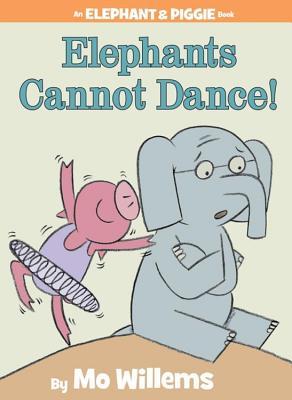 I don't know about you, but I LOVE books. I always have, and that is probably one of the reasons I love to incorporate the ideas from a book into my preschool age dance classes. I find that it helps the kids to connect with the concepts, when they can think about the picture on the page and the story behind the theme of class. But, rarely do I choose a book that is ABOUT dance itself! Most often, the book I'm using relates to the theme we're dancing about -- for example, in a robot themed class, I would read Boy + Bot by Ame Dyckman. But, the situation we are all facing at the moment -- being away from our students -- has forced me to think outside the box a bit! I generally really (really really really!) dislike myself in front of a camera, but I was really (really really really!) wanting to connect with my students while we were away. Two weeks ago, I did something I never had before -- a Facebook Live! For the first one, I decided to sit on the ground, with all of my books about dance surrounding me and just talk to the camera about them. I own more dance books for younger kids than I thought I did! Everyone's nice comments about this Facebook live, and how their children loved seeing a familiar face in this uncertain time, spurred me to do a live storytime the following week, Let me assure you, it was NOT perfect.....far from it! But I'm a big believer in action over perfection, and if I can do it, you can too! Here's a few tips about what I learned! 1. Choose a book that you love and that you've read before. Start with something short but sweet, with great pictures and fun characters. 2. If you make a mistake (or your child or dog pops into the frame!) acknowledge it! Your students love getting a view of the real you. Act as if you are talking with them directly, rather than putting on a performance. 3. As you read the book, stop and ask them questions, reflecting on the story in parts where you'd like them to think a little deeper. 4. BEFORE YOU BEGIN, play around with the Facebook live settings, I did mine on my phone, and I did not realize that I would have to use the tools to flip the image so that the book and the words showed up on camera the right way. (For my entire broadcast, the words were all backwards). I'm finding that with the type of phone I have, the tools setting does not allow me to do this. But, if I was to broadcast live from my computer instead, I have this capability. 5. This is the MOST important (and funniest!) one! Before you go live, check that you are on your studio's Facebook account and NOT your personal. Oops! For my first live storytime, my friends and family got a "preview" as I went live on there first by mistake! My first book choice is one that I love -- Elephants Cannot Dance by Mo Willems. In this story, the readers learn both about perseverance and about being accepted for who they are. (And if you are not familiar with Piggie and Gerald the Elephant -- they're so cute and fun!) I came up with a Storytime Reflections sheet to share with the families, to give the kids something to do at home while reinforcing the concepts from the story. You can download it by clicking the button at the bottom of this post. Feel free to use this form if you decide to use this book in a live storytime of your own! In the meantime, I want to encourage you to just do it! Get out there, make some mistakes, and connect with those kiddos! Let us know how it goes! :) Corey Hello! Kristina here to give you a quick DDH parent perspective on watching online story time videos with my two young kiddos! I have 3 and 6 year old girls who love to dance and read. So, this Mo Willems' story was a natural hit with both of them, especially since Ms. Corey is their teacher and they love her! Here are 3 tips that made this work well for my family: 1.) Make sure you choose a time during the day when the kids are naturally winding down, like after lunch or before bedtime so they stay more focused and are ready to listen and follow along. 2.) If you have a place in your home where you usually read stories like on a comfy couch with blankets or a reading nook in a bedroom, watch the video with your kiddos there. If not, this is a perfect time to create this special space and ask your kids to help! 3.) If it doesn't work and they aren't interested, don't force it. Just try again another time. This is meant to be fun and relaxing and not stressful for you! You can always watch the replay. :) |

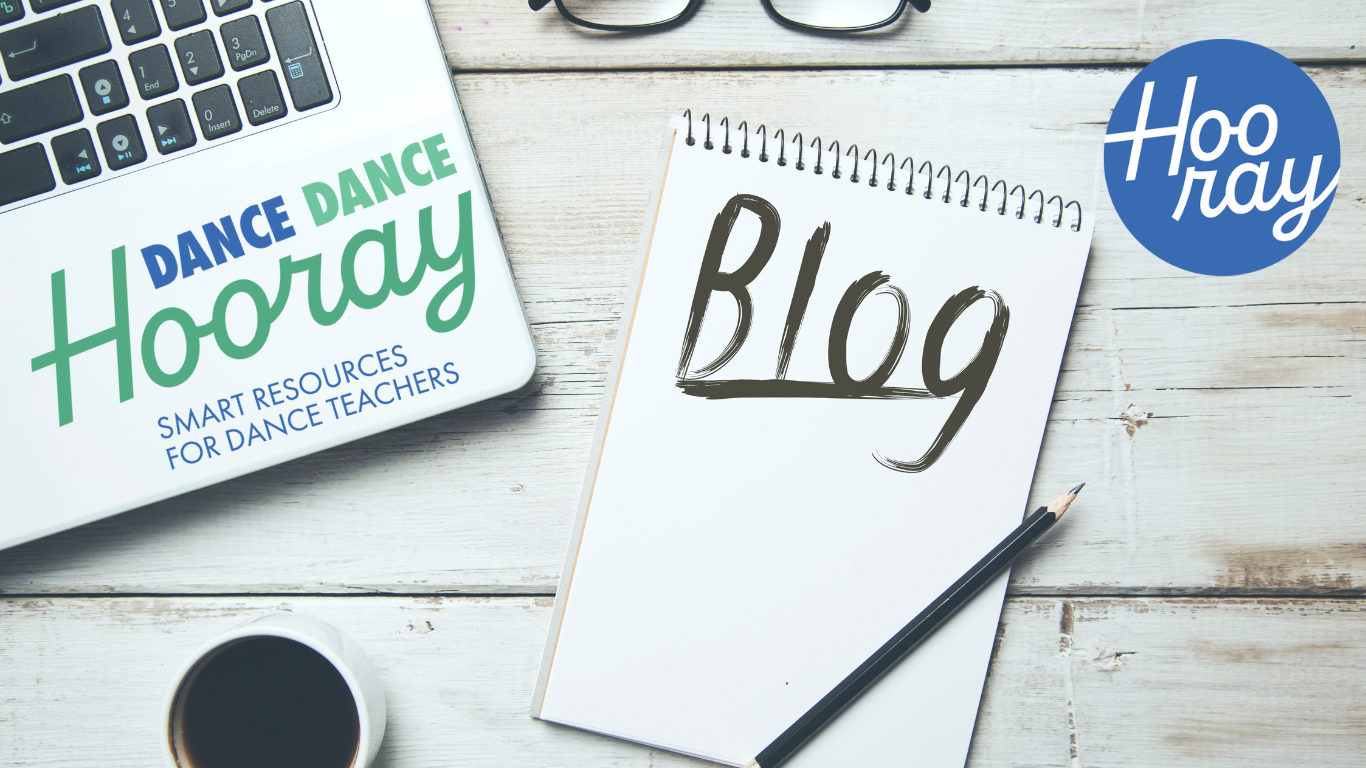
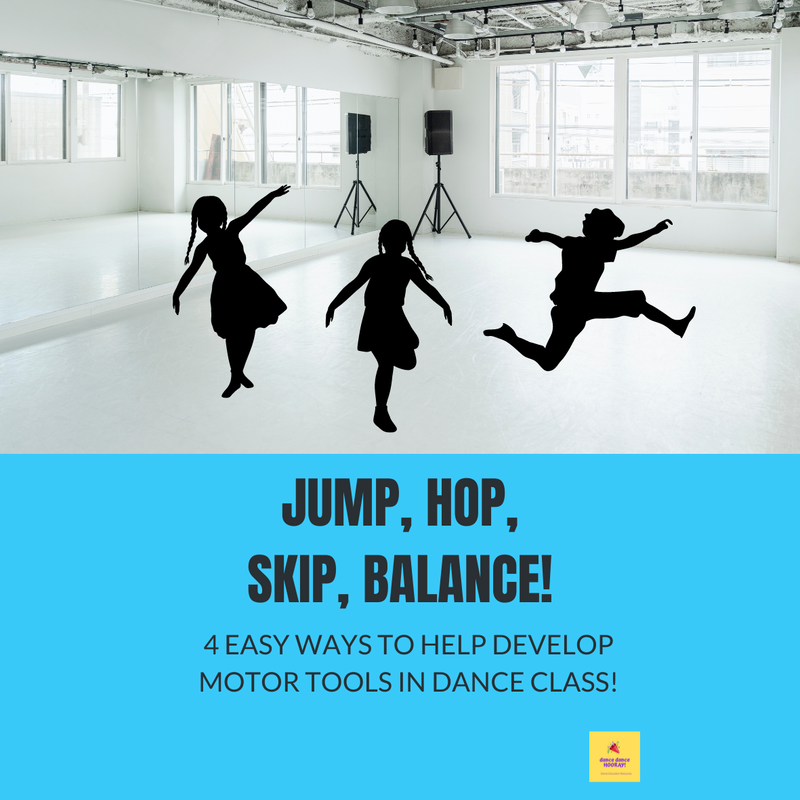
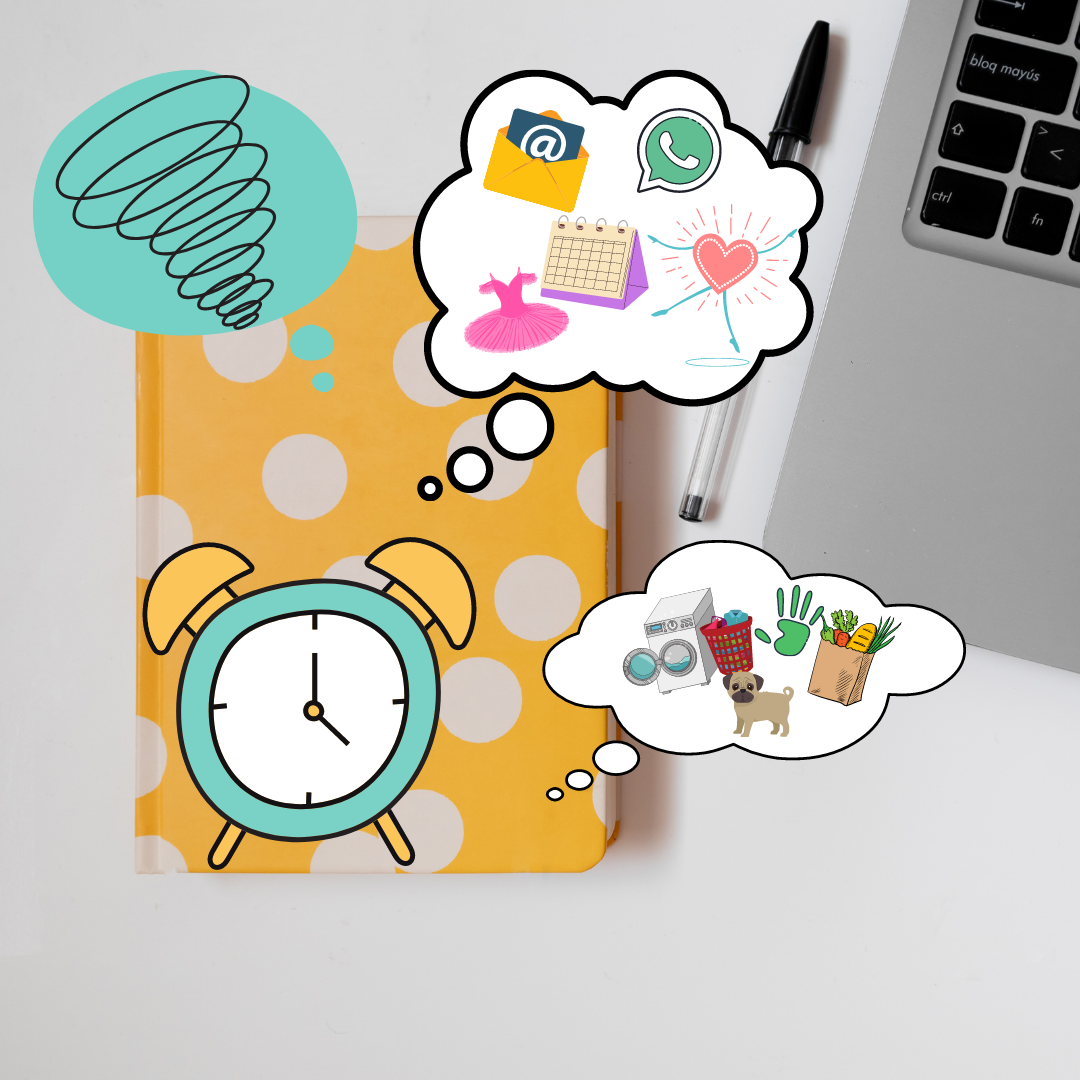
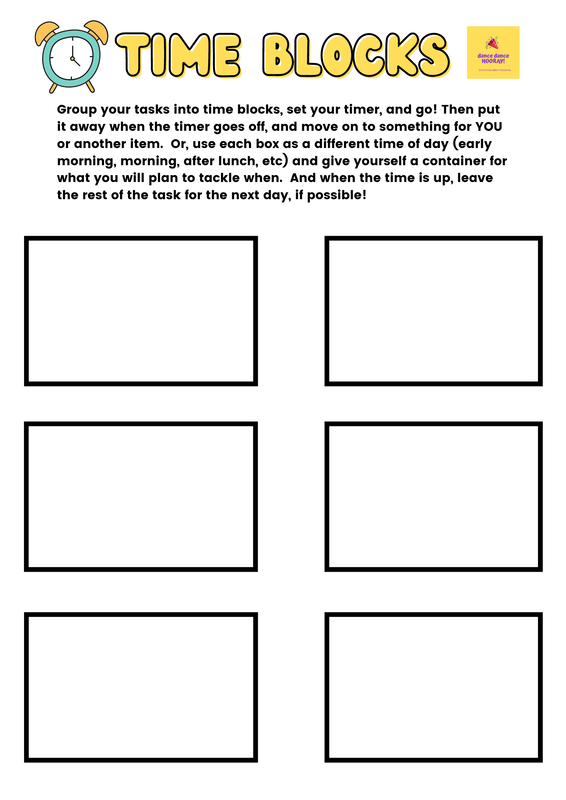
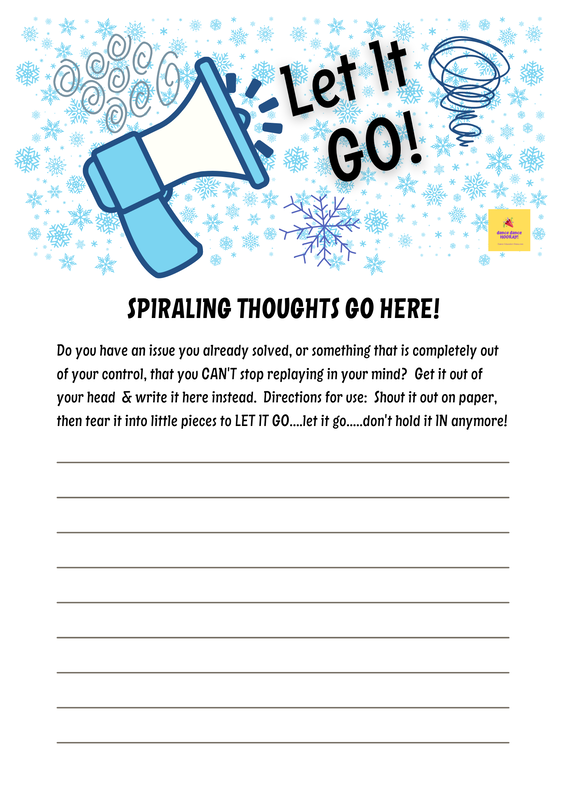
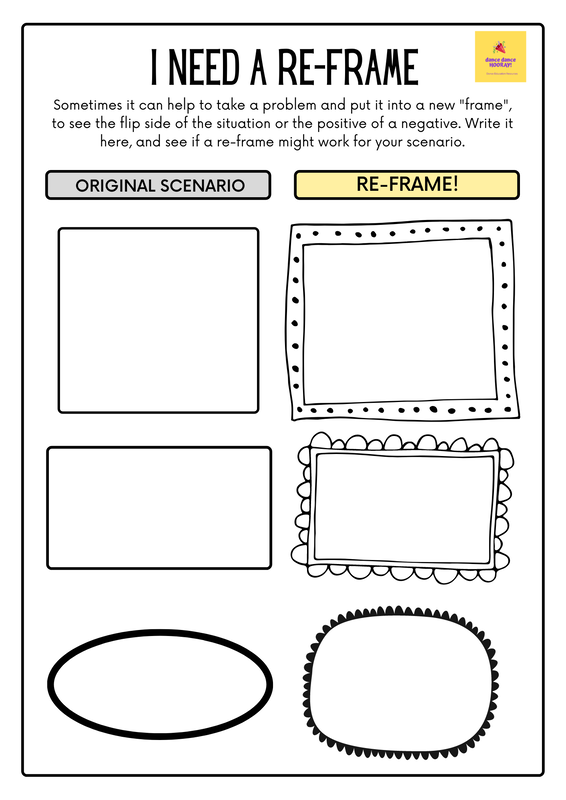
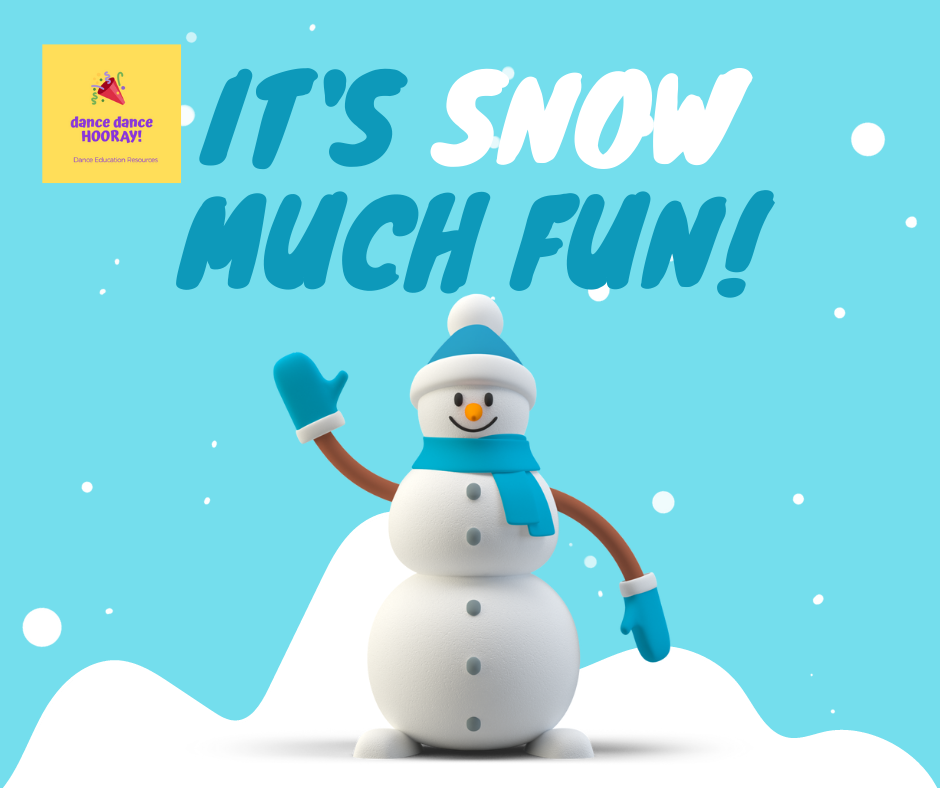
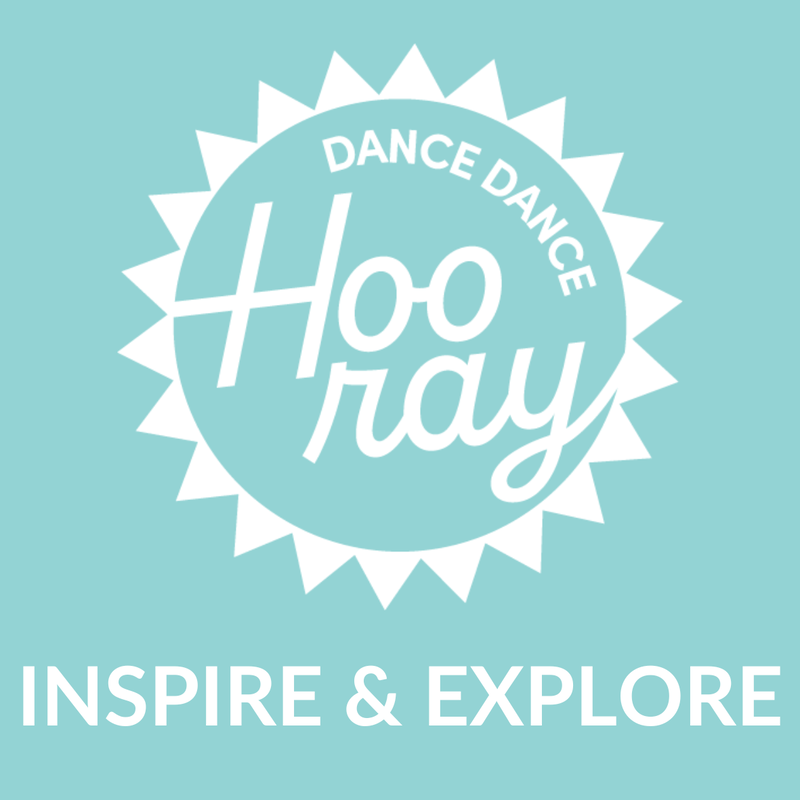
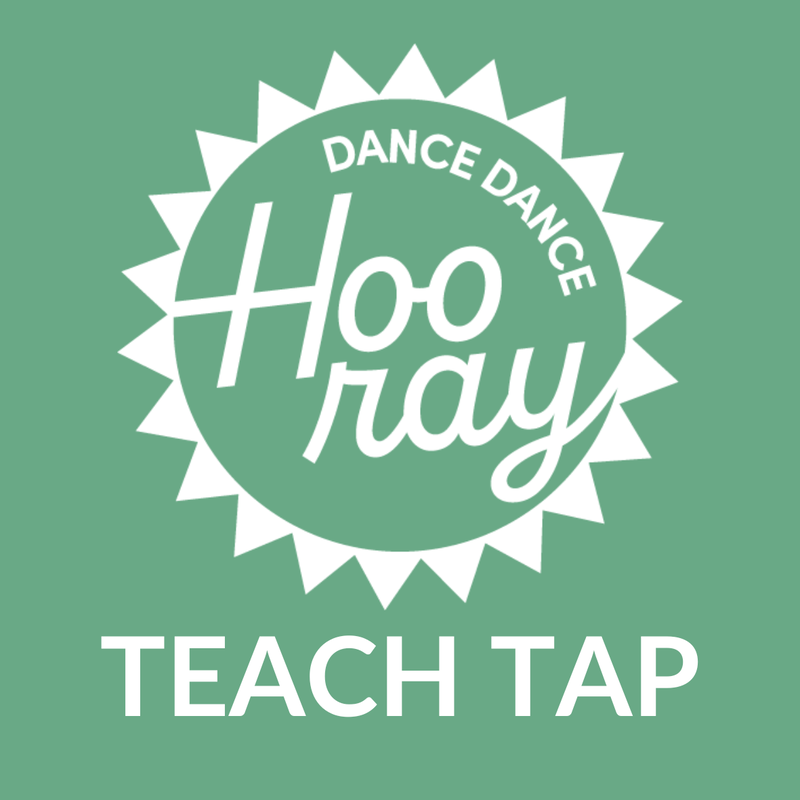
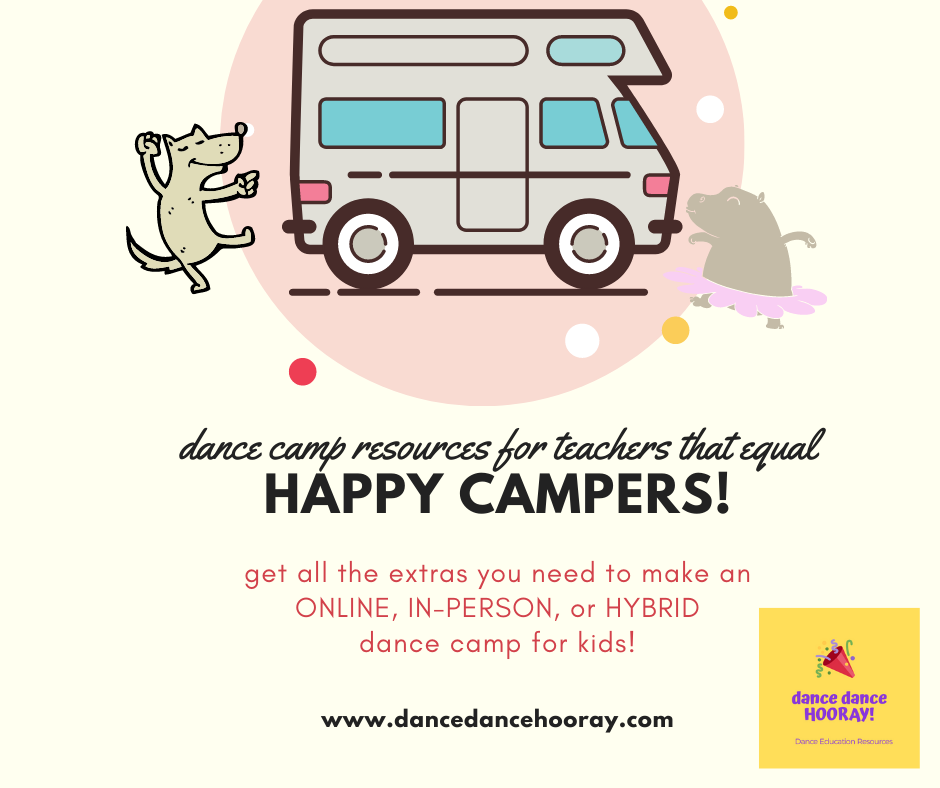
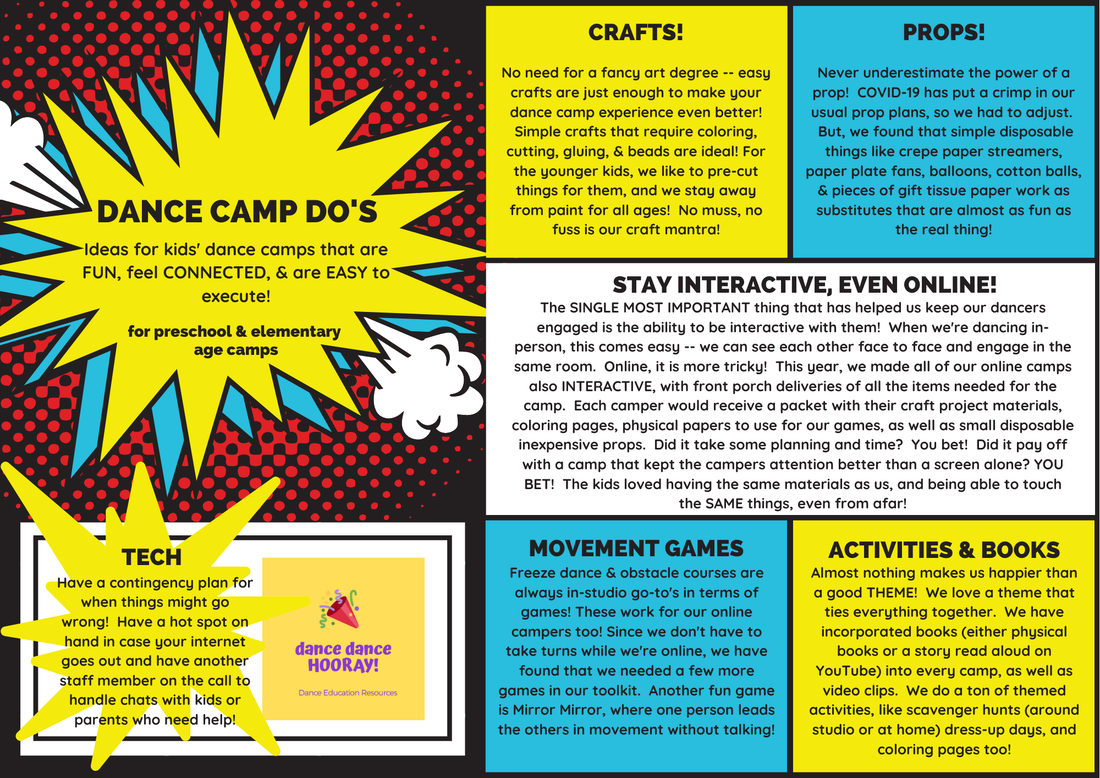
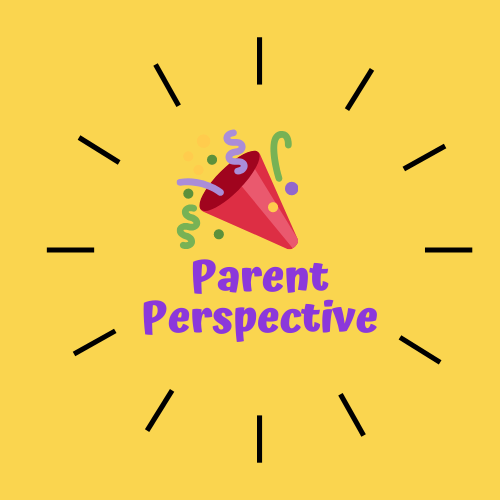
 RSS Feed
RSS Feed